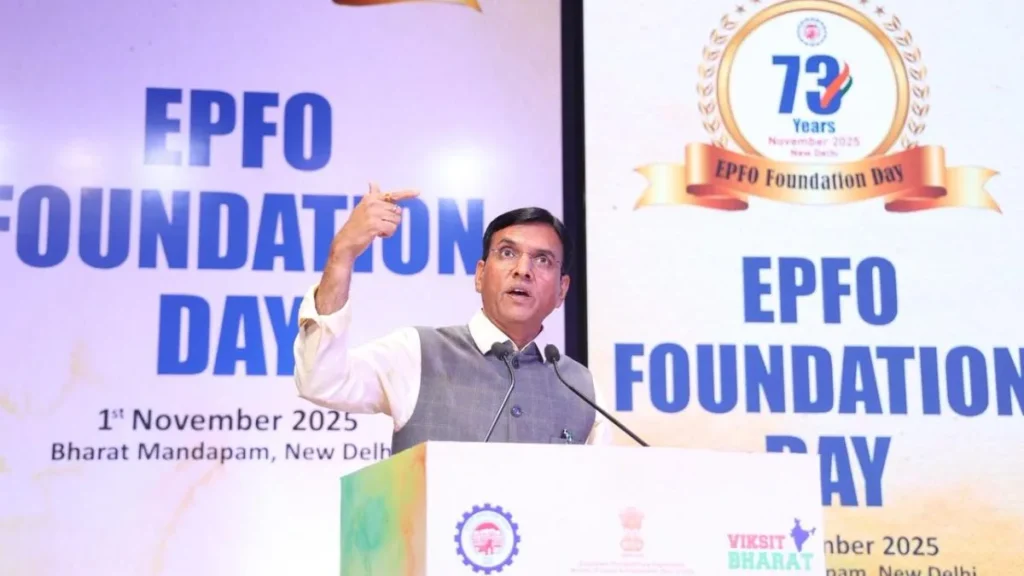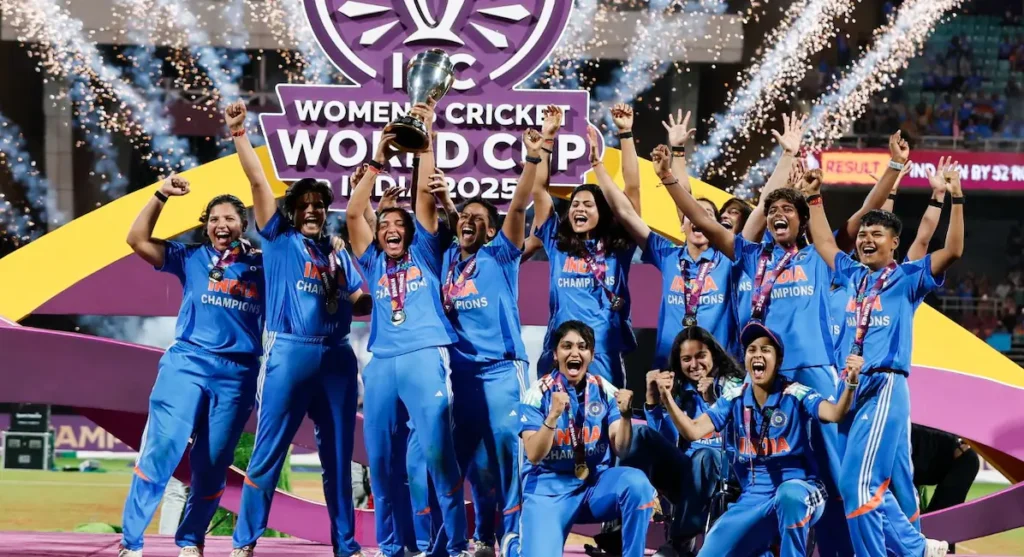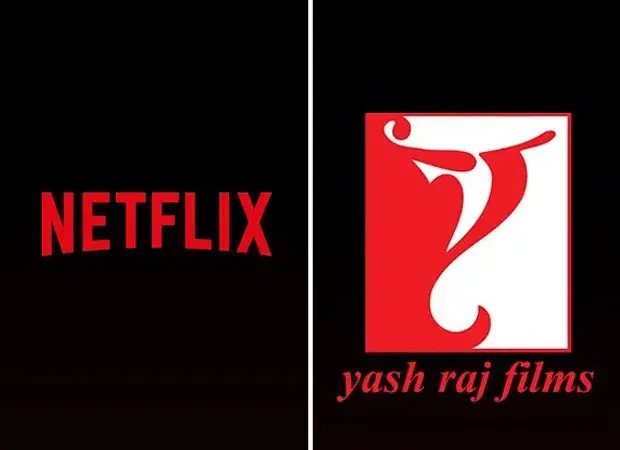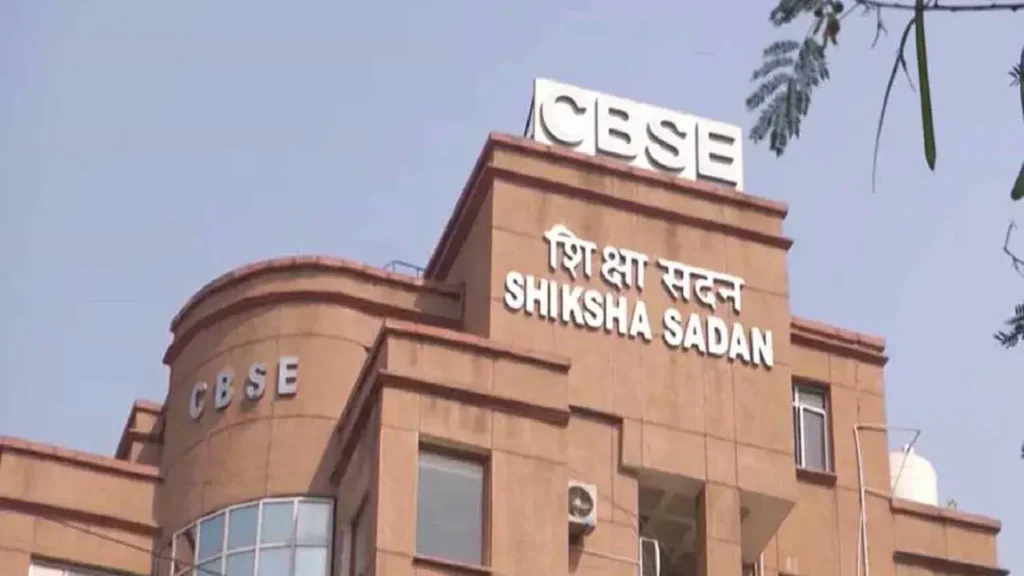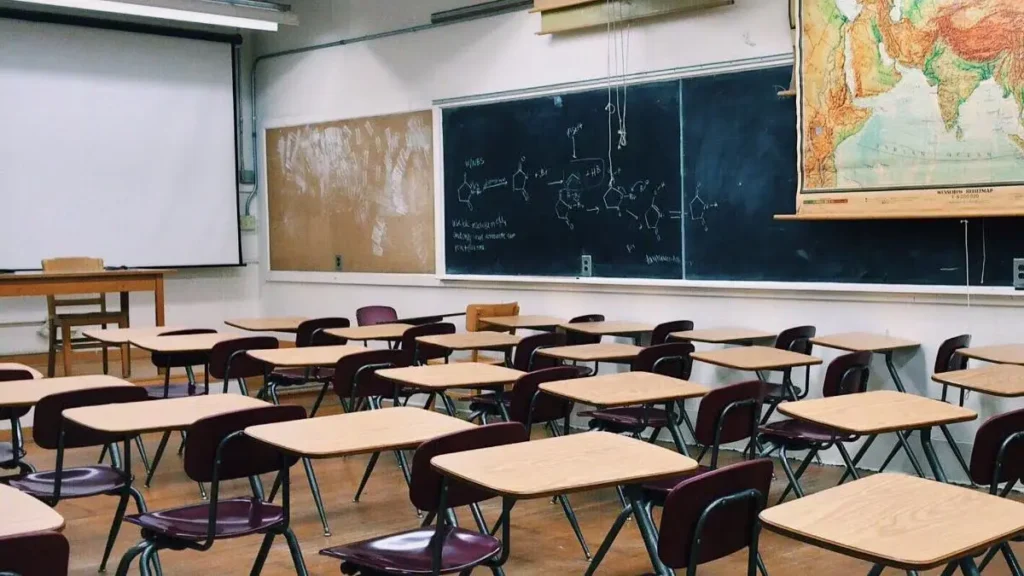MICA introduces 25-week Social Media Influencer Programme for aspiring digital creators
The Mudra Institute of Communications, Ahmedabad (MICA), renowned for its expertise in Strategic Marketing and Communications, has announced the launch of a new Social Media Influencer Programme — a 25-week online course designed to empower aspiring and established digital creators with strategic tools to build sustainable and impactful online careers. The institute stated that the programme aims to meet the growing demands of India’s burgeoning creator economy, which forms a significant part of the $250 billion global industry. Through an innovative blend of academic learning and practical exposure, the course seeks to fill the skill gap by helping creators develop a structured understanding of branding, audience engagement, and content monetisation. Participants will be trained in areas such as personal branding, content strategy, multi-platform engagement, and the use of emerging technologies like generative AI to scale their creative output. The curriculum also covers brand partnerships, revenue models, and analytics-driven growth strategies. Academic and industry-led mentorship The programme will be jointly led by Dr. Falguni Vasavada and Prof. Siddharth Deshmukh, both MICA faculty members and experienced digital creators. They will combine academic principles with hands-on insights from the creator ecosystem. Adding a strong industry dimension, Viraj Sheth, Co-founder and CEO of Monk Entertainment, will serve as the programme’s industry expert. He will conduct two specialised masterclasses — Media Training for Digital Thought Leaders and Multi-Platform Content Distribution & Growth Strategy — focusing on authenticity, influence management, and content diversification. Paid internships with Monk Entertainment MICA also announced that five participants will receive a paid internship opportunity at Monk Entertainment’s Mumbai office, where they will gain real-world experience in creator management, brand partnerships, and digital marketing operations. Programme structure and key details The 25-week course will be conducted entirely online, enabling participants to pursue the programme alongside their current professional or creative commitments. The fee is set at ₹1,00,500 plus GST, with classes commencing on December 28, 2025. The curriculum features modules on platform algorithms, monetisation techniques, audience insights, and long-term career planning, supported by live sessions, mentorship, and practical assignments. MICA emphasised that in today’s digital era, true influence is measured not by follower count but by credibility, consistency, and meaningful impact. Source: Indian Express
MICA introduces 25-week Social Media Influencer Programme for aspiring digital creators Read More »


